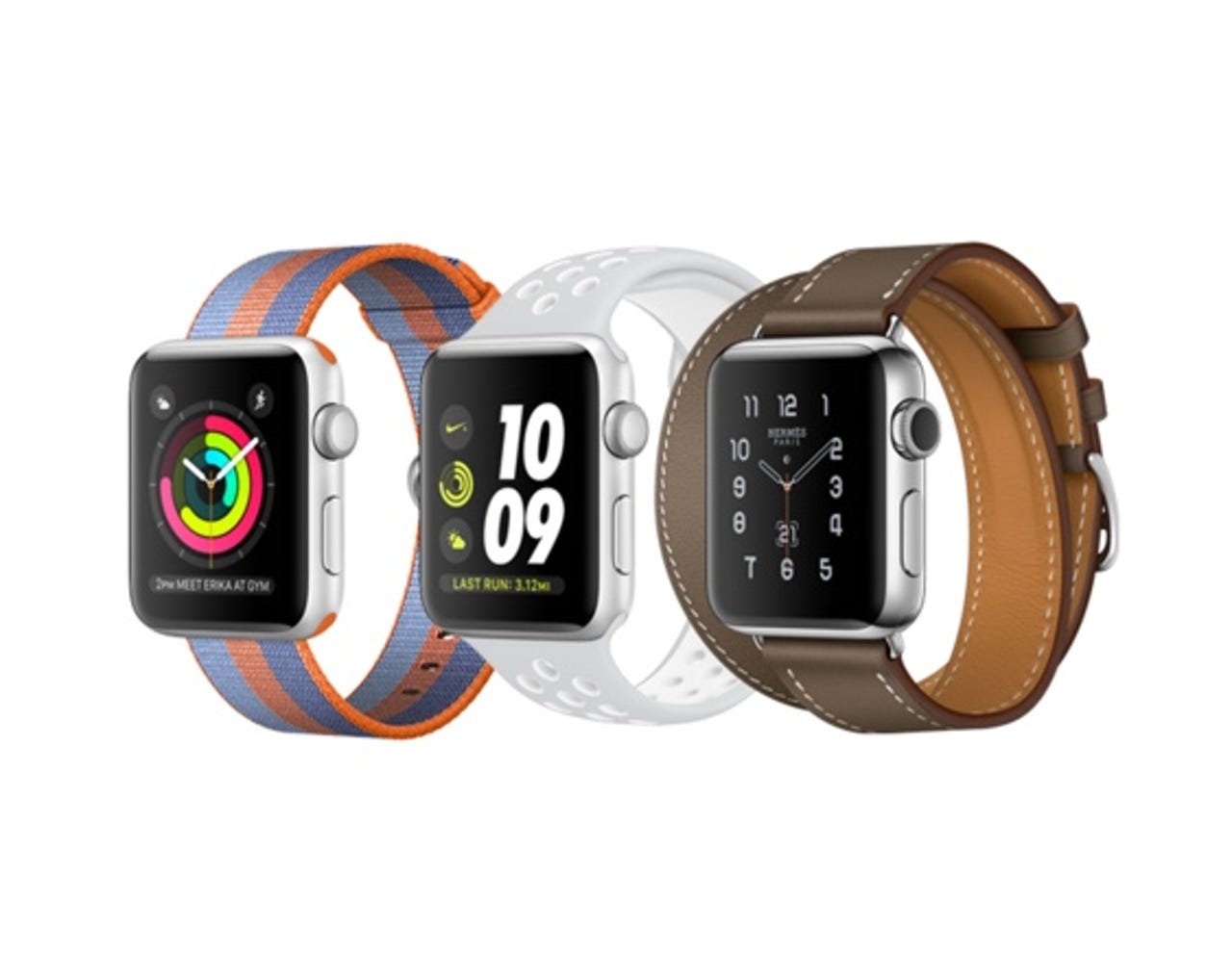Why you shouldn't get too excited about an LTE Apple Watch


According to Bloomberg, Apple has been busy working on adding LTE capability to the Apple Watch, and is looking to bring it to market as soon as the fall.
Adding cellular connectivity to the Apple Watch surely allows it to break free of the iPhone, right?
Wrong.
See also: iPhone 8: What we think we know
Featured
Adding cellular to the Apple Watch is a logical step; after all, the company added a GPS radio to the Apple Watch 2 last fall. Breaking it free of the wireless tether that's kept it leashed to the iPhone is the next logical step.
But remember that Apple builds products for the real world, not in the mind's of fanboy fantasists, and that means that it is continually being held back and inconvenienced by the laws of physics, electronics, and engineering.
One of the biggest obstacles to putting an LTE cellular radio in the Apple Watch is power. Since no one wants a smartwatch that's connected to a mains outlet, everything has to run off the built-in battery, and that battery has to delicately balance factors such as size, weight, and how much power it has to offer. Apple could have kitted out the first-generation Apple Watch with an LTE radio, but battery life would likely be down to a few hours, and maybe even minutes under heavy use.
Not really a strong selling point.
But technology has moved on. The Samsung Gear S3 smartwatch incorporates LTE and has a battery life vaguely rated as being good for "up to three days." There are also lower-power, lower-bandwidth versions of LTE, such as LTE-M and LTE-CAT 1 that Apple could turn to. Full LTE support would mean hitting the battery hard, while LTE-M or LTE-CAT 1 would mean slower speeds in exchange for lighter battery loads.
Swings and roundabouts.
But no matter how you cut it, adding LTE to a device that already has trouble making it through a day of even medium usage is going to mean compromises.
Another thing to bear in mind is that Apple moves products forward in small steps, not big leaps. It's a slow, cautious approach that allows it to squeeze out yearly updates for as long as possible before a product line is exhausted. Not only would jumping from no cellular to full cellular with no reliance on the iPhone be a huge leap forward, it would also mean breaking the bond between the iPhone and the Apple Watch, something that Apple might not want to do yet, especially given how growth of its flagship product is in the low single percentage points.
So, why shouldn't you get too excited about LTE on the next Apple Watch? Because it's going to be evolutionary, not revolutionary. A totally stand-alone Apple Watch that doesn't need an iPhone at all is unlikely. What's far more likely is a device that has greater, but still limited, function when not tethered to an iPhone. That way Apple can eye-dropper out new features while at the same time keeping battery consumption under control and protect iPhone sales.
Also, let's face it. An Apple Watch is never going to replace the iPhone -- that tiny display is never going to be any good for web browsing, composing long emails, or working on documents. On top of that, the lack of a camera means that means that while people might be wearing an Apple Watch, they'll still need to remember their iPhone.
Best Lightning cables for your iPhone
See also: